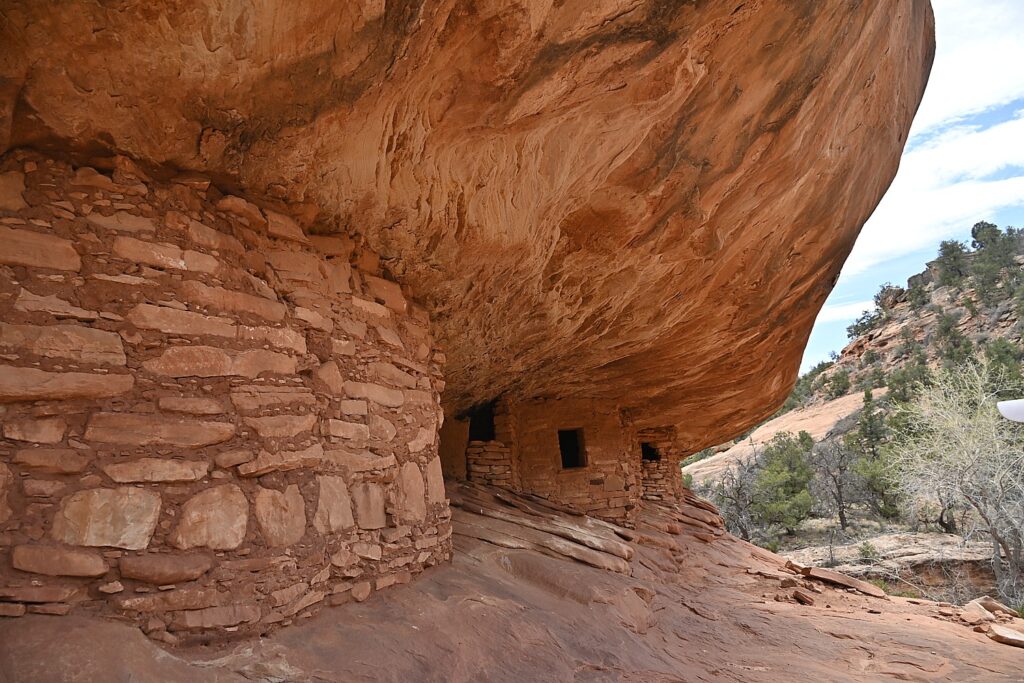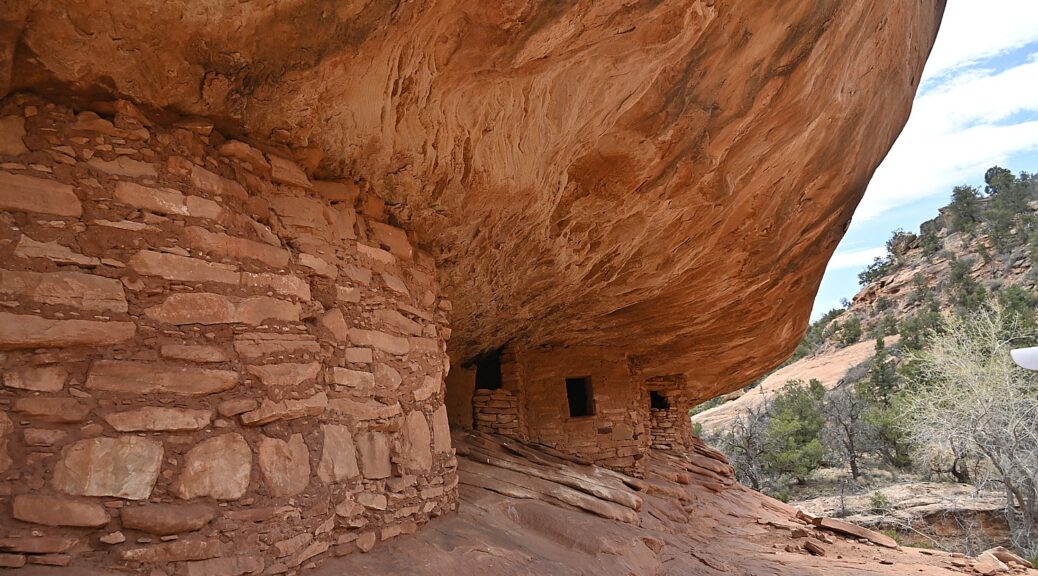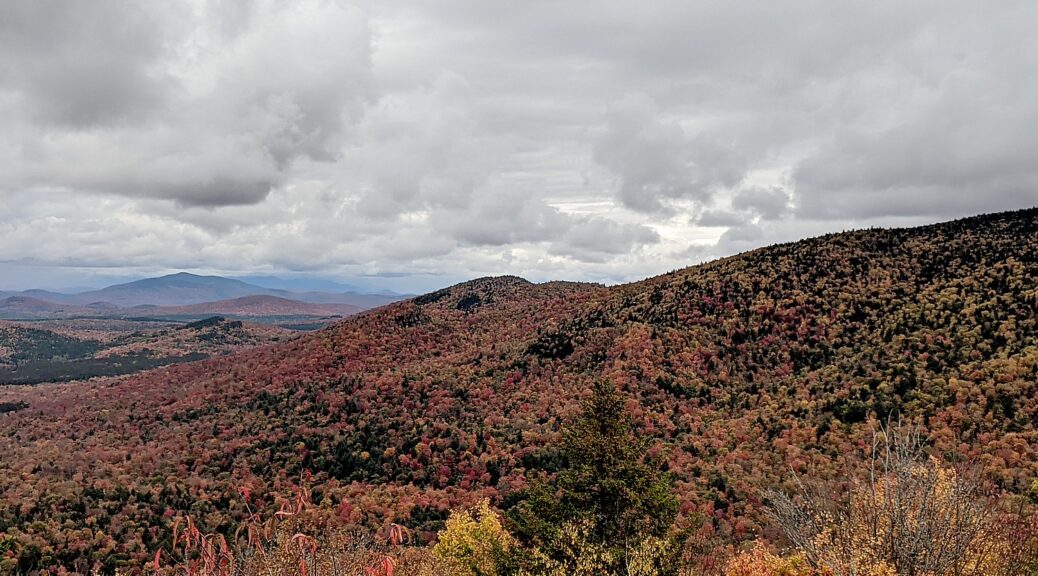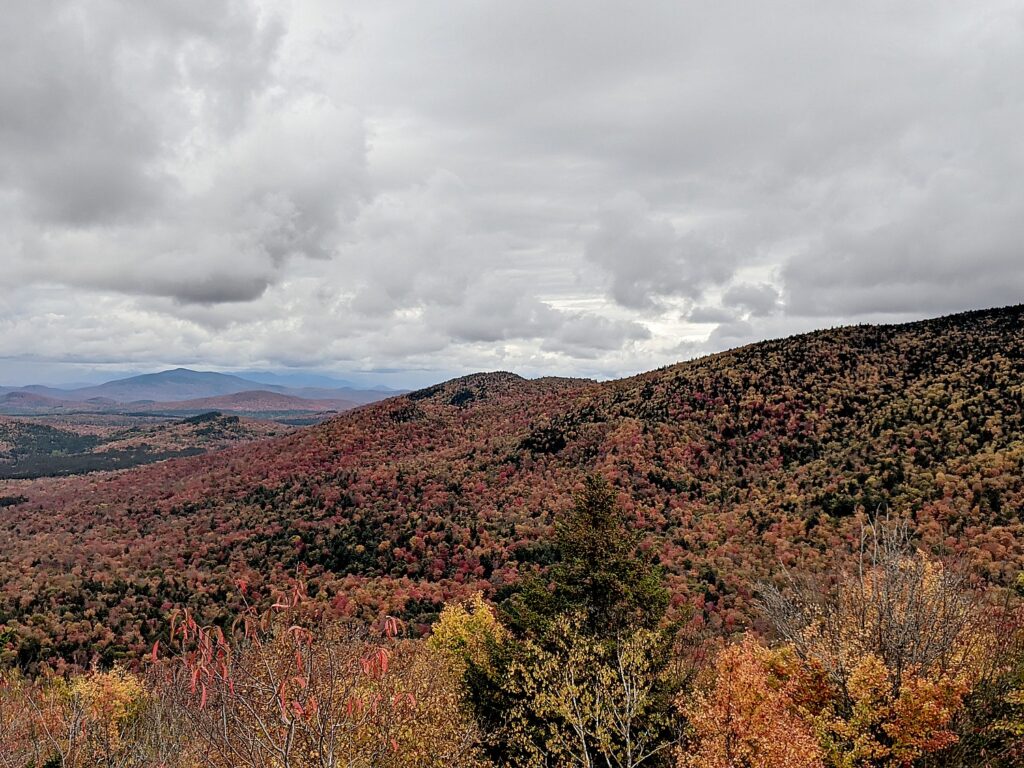
As part of the President’s America the Beautiful Initiative, the Biden-Harris Administration launched an interagency effort, called the Federal Interagency Council on Outdoor Recreation (FICOR), that will work to create more safe, affordable, and equitable opportunities for Americans to get outdoors.
The FICOR – which includes leaders from the Departments of the Interior, Agriculture, Commerce, and Defense – will focus on improving access to nature, expanding outdoor recreation opportunities, and providing the public with improved and more affordable experiences on America’s public lands and waters.
Increasing access to outdoor recreation is one of the six areas of focus outlined in President Biden’s America the Beautiful Initiative. The FICOR will help coordinate policies, facilitate partnerships, and improve implementation on issues such as:
- Investing in resilient recreation infrastructure, such as electric vehicle charging stations, trails, campgrounds, visitor centers, docks, and boating access;
- Bolstering education and career opportunities in conservation, outdoor recreation, habitat restoration, and resource management work, and providing comprehensive visitor information for the hunting, fishing, hiking, biking, birding, climbing, and boating communities;
- Cooperating with State, Tribal, territorial, and local governments, including those in communities near Federal lands and waters; and
- Improving equitable access to Federal lands and waters and creating a welcoming visitor experience in collaboration with private, public, Tribal, and nonprofit organizations.
The launch of the FICOR renews and re-energizes a body that was originally created in 2011 but was suspended by the previous administration. Prior to being suspended, the FICOR successfully launched recreation.gov, helped the Bureau of Economic Analysis begin tracking outdoor recreation as an economic sector, and worked to establish the Every Kid Outdoors Pass.
With outdoor recreation continuing to grow rapidly as an economic sector, including by contributing 1.8 percent of GDP and generating $374.3 billion in economic output, and America’s parks and public lands experiencing record-level visitation, the Biden-Harris Administration is taking unprecedented steps to expand equitable access to the outdoors and to protect natural, cultural, and historic resources.
In addition to launching the FICOR, the Administration has:
- Launched historic investments through the Bipartisan Infrastructure Law in the restoration of Federal lands and waters, including by improving availability of and equitable access to outdoor recreation opportunities.
- Commerce Secretary Gina M. Raimondo announced funding opportunities from the National Oceanic and Atmospheric Administration’s (NOAA) $2.96 billion in Bipartisan Infrastructure Law funds to address the climate crisis and strengthen coastal resilience and infrastructure. Over the next five years, NOAA’s targeted investments in the areas of habitat restoration, coastal resilience, and climate data and services will advance ongoing Federal efforts toward building climate resilience. Projects focused on building “Climate Ready Coasts” will invest in natural infrastructure projects that power outdoor recreation along our coasts by restoring coastal habitats, removing marine debris, storing carbon, and creating jobs.
- Established the America the Beautiful Challenge, a $1 billion public-private competitive grant program which funds locally led, voluntary conservation and restoration activities, including the development of outdoor recreation access and workforce development. The first round of grants – totaling $85 million – will be released in November 2022.
- The Interior Department announced more than $61 million in grant funding to communities in 26 cities to create new parks and trails, or substantial renovations to existing parks, through the Outdoor Recreation Legacy Partnership program. The program, established in 2014 and supported by the Land and Water Conservation Fund, enables urban communities to create new outdoor recreation spaces, reinvigorate existing parks, and form connections between people and the outdoors in economically underserved communities.
- As the largest Federal provider of water-based outdoor recreation in America, the U.S. Army Corps of Engineers (USACE) is investing $120 million from the Bipartisan Infrastructure Law and the Disaster Relief Supplemental Appropriations Act of 2022 to improve recreation facilities across the nation. These investments will promote equitable access to outdoor recreation opportunities and support local communities. USACE recreation areas had 268 million visits in the last fiscal year, resulting in spending that supports approximately 217,000 jobs and generates nearly $14.5 billion for local economies.
- Commerce Secretary Gina M. Raimondo announced funding opportunities from the National Oceanic and Atmospheric Administration’s (NOAA) $2.96 billion in Bipartisan Infrastructure Law funds to address the climate crisis and strengthen coastal resilience and infrastructure. Over the next five years, NOAA’s targeted investments in the areas of habitat restoration, coastal resilience, and climate data and services will advance ongoing Federal efforts toward building climate resilience. Projects focused on building “Climate Ready Coasts” will invest in natural infrastructure projects that power outdoor recreation along our coasts by restoring coastal habitats, removing marine debris, storing carbon, and creating jobs.
- Expanded hunting and sport fishing opportunities on National Wildlife Refuge System lands and waters.
- The U.S. Department of the Interior expanded hunting and fishing access on 2.1 million acres of National Wildlife Refuge System lands and waters in 2021, the largest expansion of outdoor recreation opportunities in recent history. The Department is continuing to explore opportunities to provide additional access to refuge system lands. Hunting, fishing, and other outdoor activities contributed more than $156 billion in economic activity in communities across the United States in 2016, according to the Service’s National Survey of Fishing, Hunting, and Wildlife-Associated Recreation, published every five years. More than 101 million Americans — 40 percent of the U.S. population age 16 and older — pursue wildlife-related recreation, including hunting and fishing.
- The U.S. Department of the Interior expanded hunting and fishing access on 2.1 million acres of National Wildlife Refuge System lands and waters in 2021, the largest expansion of outdoor recreation opportunities in recent history. The Department is continuing to explore opportunities to provide additional access to refuge system lands. Hunting, fishing, and other outdoor activities contributed more than $156 billion in economic activity in communities across the United States in 2016, according to the Service’s National Survey of Fishing, Hunting, and Wildlife-Associated Recreation, published every five years. More than 101 million Americans — 40 percent of the U.S. population age 16 and older — pursue wildlife-related recreation, including hunting and fishing.
- Focused acquisitions and improvements of Federal lands and waters under the Great American Outdoors Act (GAOA) of 2020, which passed with overwhelming bipartisan support.
- The U.S. Department of Agriculture announced more than $503 million in funding for National Forests and Grasslands. The funds will go to projects to address deferred maintenance and improve campgrounds, trails, and facilities on National Forests. Funds will also be spent on land acquisition to expand recreation opportunities for visitors and strengthen resource protection partnerships with State agencies and private organizations.
- The Department of the Interior announced $279 million to support Federal lands and waters and expand outdoor recreation access utilizing the Land and Water Conservation Fund (LWCF) to all 50 states, U.S. territories, and the District of Columbia for state-identified outdoor recreation and resource protection projects.
- The U.S. Department of Agriculture announced more than $503 million in funding for National Forests and Grasslands. The funds will go to projects to address deferred maintenance and improve campgrounds, trails, and facilities on National Forests. Funds will also be spent on land acquisition to expand recreation opportunities for visitors and strengthen resource protection partnerships with State agencies and private organizations.
- Expanded outdoor recreation opportunities by protecting areas for future generations.
- In celebration of National Trails Day, Secretary of the Interior Deb Haaland announced the designation of nine new National Recreation Trails in seven states, adding nearly 600 miles to the National Trails System.
- Secretary Deb Haaland announced the establishment of the Lost Trail Conservation Area in Northwest Montana as the 568th and newest unit of the National Wildlife Refuge System, managed by the U.S. Fish and Wildlife Service. This expansion – the first new unit in the Refuge System for the Biden-Harris Administration – is the culmination of a 20-year, locally-led effort to conserve important big game corridors and recreational areas in the region. The Service worked in partnership with the Trust for Public Land and the Confederated Salish and Kootenai Tribes (CSKT) to purchase the 38,052-acre conservation easement from its continuing owner, Southern Pine Plantations.
- The Bureau of Land Management, the U.S Department of Agriculture’s Forest Service, and the five Tribes of the Bears Ears Commission formalized their partnership for co-management of the Bears Ears National Monument. The Hopi Tribe, Navajo Nation, Ute Mountain Ute Tribe, Ute Indian Tribe of the Uintah and Ouray Reservation, and the Pueblo of Zuni will be joint managers of the National Monument and will receive resources from Federal agencies to participate in and take leadership on the management of their ancestral lands.
- The USDA Forest Service and the Bureau of Land Management are considering a 20-year withdrawal of 225,000 acres of U.S. Forest System lands in Minnesota to protect the Boundary Waters Canoe Area Wilderness – the most visited wilderness area in the country. The Rainy River watershed flows north toward the Boundary Waters Canoe Area Wilderness and Voyageurs National Park, landscapes renowned for high-quality fishing, wildlife viewing, and recreational opportunities due to the large number of interconnected lakes and pristine water quality. The proposed mineral withdrawal aims to prevent further negative environmental impacts from future mining operations. It also evaluates the impacts of future mining on important social, cultural, and economic values.
- On World Oceans Day, NOAA Administrator Rick Spinrad announced NOAA’s initiation of the designation process for a new national marine sanctuary to conserve Hudson Canyon in the Atlantic Ocean. A sanctuary designation would help conserve the area’s rich marine wildlife and habitats, and promote scientific research, ocean education, and recreation opportunities such as whale watching, recreational fishing, and boating.
- In celebration of National Trails Day, Secretary of the Interior Deb Haaland announced the designation of nine new National Recreation Trails in seven states, adding nearly 600 miles to the National Trails System.
- Created workforce development opportunities with the establishment of an Indian Youth Service Corps Program.
- The Biden-Harris Administration announced the launch of the Indian Youth Service Corps Program, which will provide meaningful education, employment, and training opportunities to Indigenous youth through conservation projects on Federal and Indian lands – thereby putting young people on a path to good-paying jobs while helping to address the climate crisis.



